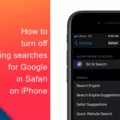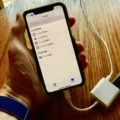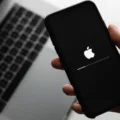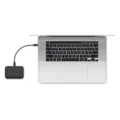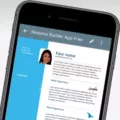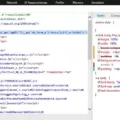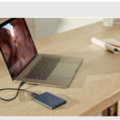USB is a versatile and essential technology for connecting computer peripherals to your Mac. It’s used to connect keyboards, mice, external hard drives, flash drives, and more. USB is one of the most popular ways to transfer data betwen computers and external devices. But how do you safely eject a USB device from your Mac?
It’s important to safely eject USB devices from your Mac before unplugging them as it helps prevent any data loss or corruption. Fortunately, it’s easy to do – just follow these steps:
1. Locate the USB device on your Mac. This culd be in the Finder window sidebar or in the Disk Utility application (located in Applications > Utilities).
2. Right-click or Control-click the icon for the drive and select Eject from the contextual menu that appears.
3. Alternatively, if you have a disc connected via USB, click the Eject button next to its name in the Finder window sidebar.
4. You will see an alert message letting you know when it’s safe to unplug your device.
5. Once you see this alert message, it’s safe to unplug your device from your Mac – but only once! If you plug it back in without properly ejecting it first, you could cause serious data corruption issues so make sure this step is done correctly each time!
By following these simple steps, you can ensure that all of your data remains safe and sound when using USB devices with your Mac computer!
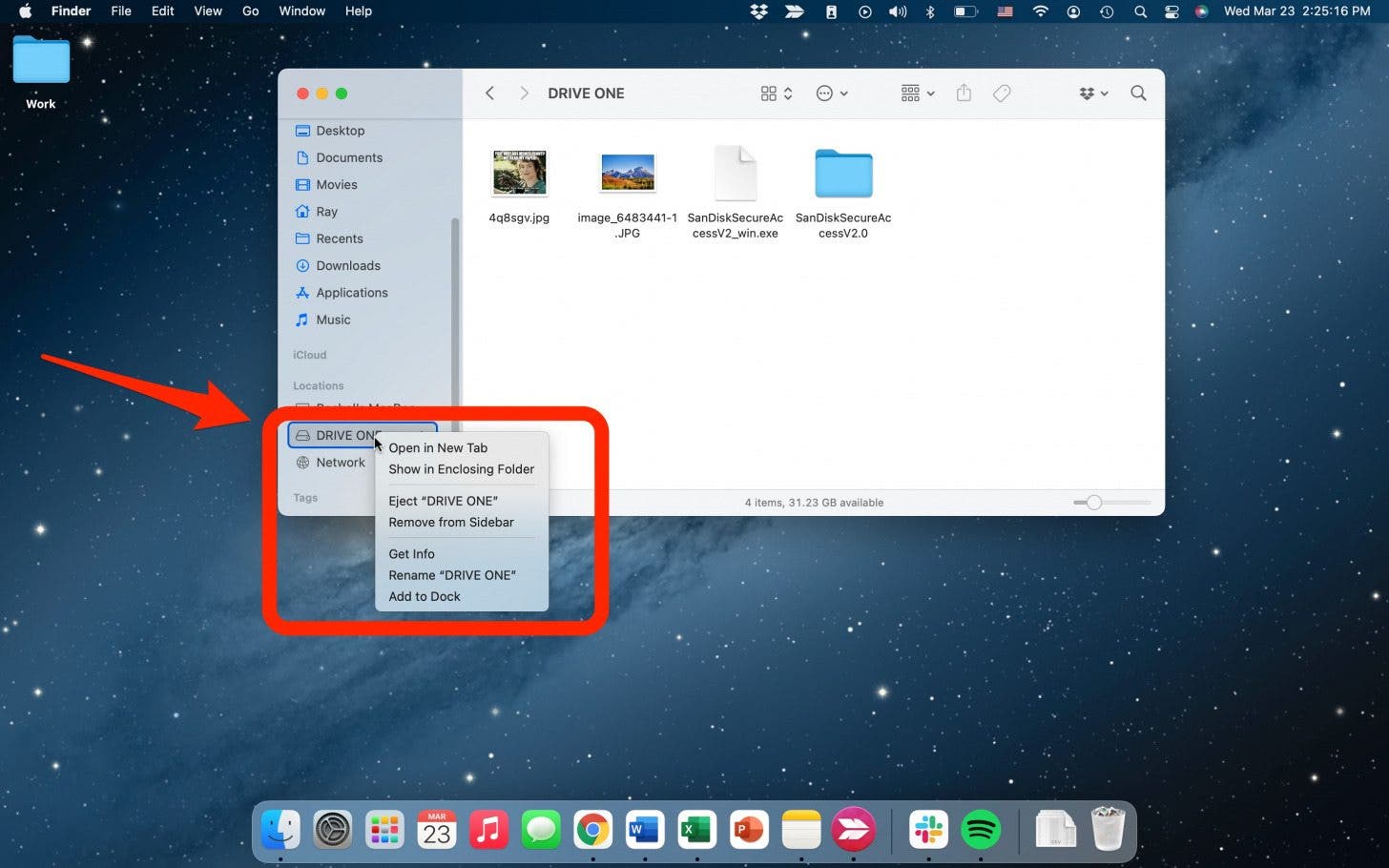
Ejecting USB from Mac Without Icon
You can eject a USB drive from your Mac without the icon by using the Terminal application. First, open the Terminal application by searching for it in Spotlight (Cmd+Space). Then, type in the command ‘diskutil list’ and press enter. This will show you all of the mounted drives and their associated drive numbers. Find your USB drive within this list and make note of its drive number. Finally, type in the command ‘diskutil unmountDisk [drive number]’ (replacing [drive number] with your USB’s drive number) to safely eject your USB drive from Mac without an icon.
Locating the Eject Button on a Mac
The eject button on a Mac can be found in the Finder sidebar. To access it, open a Finder window by clicking the Finder icon in the Dock, then look for the disc’s name in the sidebar. Once you find it, click the small eject button next to its name. This will eject the disc from your Mac.
Safely Ejecting USB on Mac
Yes, it’s important to safely eject USB devices from your Mac befoe physically removing them. This ensures that any data stored on the device is saved and that no damage is done to the device or your Mac. To safely eject a USB device, first make sure that any files you’ve copied from or to it have been saved. Then click on the USB device icon in the Finder sidebar and select “Eject” from the File menu or press Command-E. Once you get a message saying that the device can be removed, you can then disconnect it safely from your Mac.
Safely Ejecting a Flash Drive
To safely eject your flash drive, start by navigating to the bottom right corner of the bottom toolbar. If the USB icon is hidden, click the Up arrow. Locate the USB icon and find your flash drive. Then, click on Eject and wait for a message to appear telling you that it’s safe to disconnect the device. A bell noise should also play at this point, whih indicates that your flash drive has been securely disconnected from your computer.
Location of USB Icon on a Mac
The USB icon can be found in the Finder window on a Mac. To open the Finder window, click the blue smiley face on the left side of the Dock. If you can’t see the Dock on your Mac, just move your mouse to the very bottom of the screen to make it appear. Once you have opened a Finder window, take a look in the left sidebar for your USB drive – it should be listed tere as an external device. You may need to click “Show All Devices” to have it appear. If you have connected multiple USB drives, they will all appear in this list, so make sure you locate and select the correct one before proceeding.
Location of the Eject Button
The eject button is usually located on the rght side of the drive, and it is represented by a triangle with a line underneath. Depending on the type of drive, the eject button may be a physical button or a virtual button. On laptops, it is often located next to the power button, while on external drives, it may be found in the front panel.
Safely Ejecting on a Mac
Method 1: Eject Option To safely eject your device on a Mac, start by connecting the device to your computer. Then, open Finder and select the device you want to eject. Right-click on it and choose “Eject” from the list of options. Your Mac will then display a message saying that it is safe to remove the device. Finally, you can unplug your device from the port or disconnect it from Bluetooth or Wi-Fi. Remember to always wait until you get a confirmation message from your Mac before disconnecting any device!
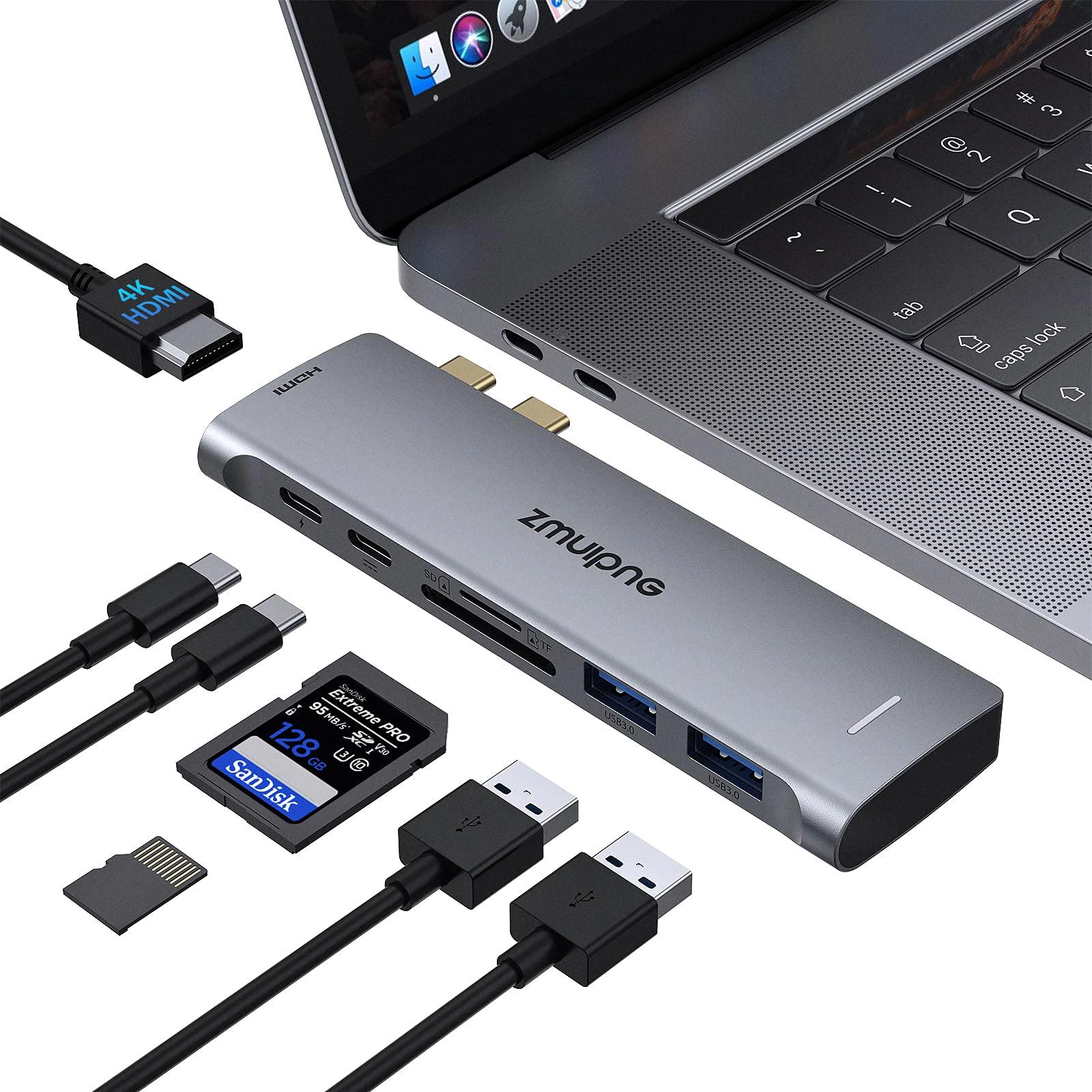
Source: amazon.com
Consequences of Removing USB Without Ejecting
If you remove a USB drive without ejecting it properly, you run the risk of data corruption and loss. When you disconnect a USB drive without warning, the computer may not have finished writing to the drive, which means any files you recently saved could be lost forever. Additionally, your device could be damaged as a result of an abrupt disconnection. To protect your data and device from potential damage or loss, it’s important to always eject your USB drive befoe unplugging it.
Is Ejecting USB Devices Necessary?
Yes, ejecting USB drives is neessary in order to protect your data. When you eject a USB drive, it safely disconnects the device from your computer and ensures that any data transfers have been completely finalized. This will prevent any potential corruption or loss of data. Ejecting a USB drive also helps to prevent the accidental deletion of files, as the system will not recognize the device until it is properly ejected. Additionally, ejecting a USB drive helps to reduce the risk of malware or virus infections from external devices. Therefore, it is highly recommended that you safely eject your USB drives when needed in order to protect your data and keep your computer safe.
Conclusion
In conclusion, USB (Universal Serial Bus) is a versatile and widespread form of technology used to connect various devices to computers, such as external hard drives, flash drives, and oter peripherals. It is easy to use and is compatible with both Windows and Mac operating systems, making it an ideal choice for the average user. By taking the time to properly eject USB devices when finished using them, you can help ensure that your data remains safe and secure while also extending the life of your device.

